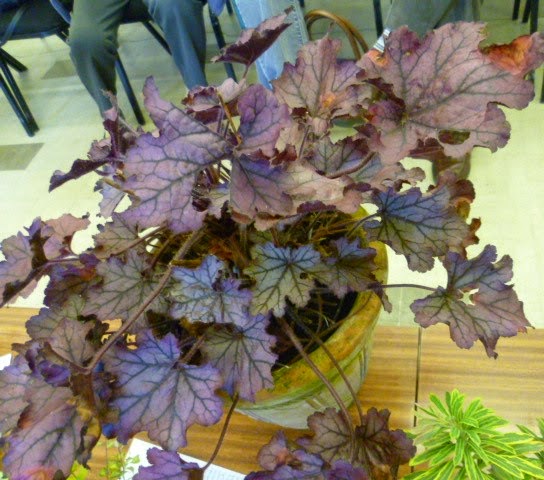A fascinating talk about the habitats and wildlife of Brazil was presented by Barbara and Peter Murphy, who have visited the area many times and taken some wonderful photographs.
On
a cold, grey Friday, we were transported to Brazil, fifth largest country in
the world, most of which is below the equator. The regions we found out about were the Amazon,
the Pantanal and the Cerrado.
The
Amazon with its rainforest and oxbow lakes supports lots of plant species and
wildlife although the increasing areas of the rainforest being cleared for
cattle are not fertile for plants and crops.
On the river colourful Amazonian kingfishers, white winged swallows and
the green ibis can be seen as well as the giant river otter and the alligator
lookalike, the caiman. Another
interesting phenomenon in this area is butterfly puddling where a huge number
of male butterflies descend on a muddy patch to extract minerals. In the rainforest are monkeys, lizards and
snakes and different species of the stunning Helicona which can only be
pollinated by humming birds.
In
contrast, the Pantanal is tropical wetland and the flood plains support the yellow
or pink tabebuia, which can flower up to three times in one dry season, giant
water lilies of 18” in diameter and the erythrina, the seeds of which
are dispersed by floating on the water.
Here hyacinth parrots, savannah hawks and snail kites can be seen as
well as mammals such as deer, caimans and jaguars.
The
Cerrado was once under the sea and is the largest savannah in South America. Here can be found unique plants with leathery
leaves such as the caryocer and the paepalanthus. Other wildlife found here are the armadillo
wasp, the tanager, oven birds and giant anteaters which feed on the many
termite mounds.
Display
Table
 |
| Maggie M’s 3 year- old cyclamen is kept in the conservatory |
 |
| Ann showed us a Banksia fruit which she brought back from Western Australia. Some plants grow on bushes and some sprout straight from the ground. Also displayed are some ornaments made from the fruit |
Our visiting speaker, Peter
Murphy, told us about the winter heliotrope which flowers in January and February
but is invasive.
Notice
Board
James
reminded us about collecting plastic bottle tops for the Yorkshire Air
Ambulance charity.
Dorothy
advised us that there are still few places left on a trip to the Eden
Project.
Next
Meeting
February
6th: AGM, free raffle and an interactive discussion on gardening in
dry and damp shade so bring your ideas or problems.














